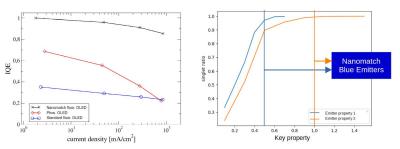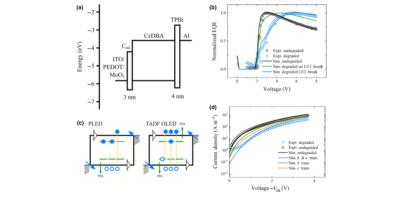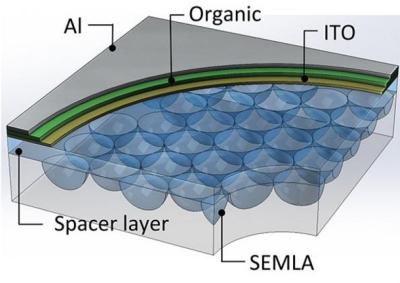UDC acquires Merck's phosphorescent OLED emitter IP, enters into a PHOLED stack development partnership
Universal Display Corporation announced that it has acquired Merck's Phosphorescent OLED Emitter Intellectual Property (IP) assets. This portfolio includes over 550 issued and pending patents around 172 patent families with an average lifetime of 10 years, and represents over 15 years of R&D.

The two companies also entered into a multi-year collaboration agreement, in which the two companies will create advanced PHOLED stacks based on UDC's OLED green and yellow emitters and Merck's transport and host materials.









